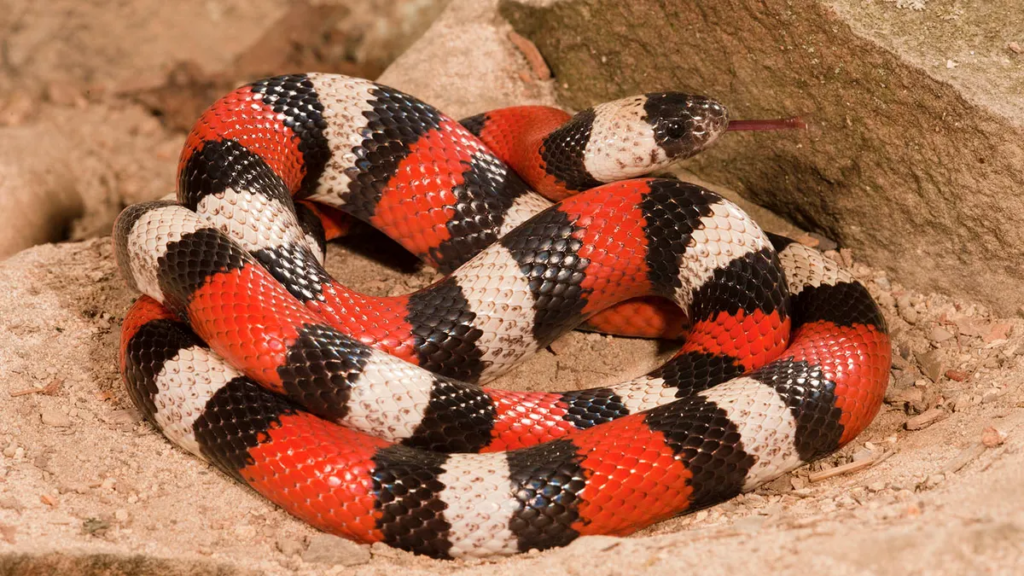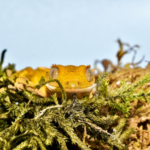Introduction:
Milk snakes, with their vibrant colors and captivating patterns, have long been a subject of fascination among reptile enthusiasts and casual observers alike. These non-venomous serpents, often mistaken for dangerous coral snakes due to their similar appearance, possess an allure that transcends the realm of reptile appreciation. In this comprehensive guide, we delve into the captivating world of milk snakes, shedding light on their characteristics, habitats, and the enduring appeal that has made them a perennial favorite among snake enthusiasts.
Unlocking the Enigma of Milk Snakes:
Milk snakes, scientifically classified under the genus Lampropeltis, are a diverse group of colubrid snakes native to the Americas. Their striking appearance, characterized by bold bands of red, black, and yellow, serves as a natural deterrent to potential predators. Despite their vibrant hues, milk snakes are harmless to humans, relying on constriction rather than venom to subdue their prey.
Habitat and Distribution:
These adaptable reptiles inhabit a wide range of ecosystems, including forests, grasslands, and rocky outcrops. Their distribution spans from the southern regions of Canada down to northern South America, with different subspecies occupying distinct geographical ranges. From the woodlands of eastern North America to the arid landscapes of Mexico, milk snakes have adapted to thrive in diverse environments, showcasing their remarkable resilience and versatility.

Behavior and Diet:
Milk snakes are primarily nocturnal predators, relying on their keen senses of smell and heat detection to locate prey. Their diet consists mainly of small mammals, birds, eggs, and occasionally, other reptiles. Utilizing ambush tactics and stealthy movements, these serpents strike swiftly, overpowering their quarry with remarkable efficiency. Despite their carnivorous tendencies, milk snakes play a crucial role in maintaining ecological balance by controlling populations of rodents and other pests.
The Enduring Appeal of Milk Snakes:
Beyond their ecological significance, milk snakes hold a special place in popular culture and folklore. Their striking appearance and enigmatic behavior have inspired countless myths and legends, cementing their status as iconic symbols of the natural world. In recent years, the rise of online platforms and social media has further amplified their visibility, with viral trends such as the “snake game” and “Google snake” drawing attention to these mesmerizing creatures.
Conclusion:
In conclusion, milk snakes stand as testament to the inherent beauty and complexity of the natural world. From their vibrant colors to their mysterious allure, these serpents continue to captivate and inspire awe in people of all ages. Whether encountered in the wild or admired from a distance, milk snakes serve as ambassadors for the rich tapestry of life that surrounds us. So the next time you come across a mention of “snake game” or “Google snake,” take a moment to appreciate the timeless elegance of these remarkable reptiles.


